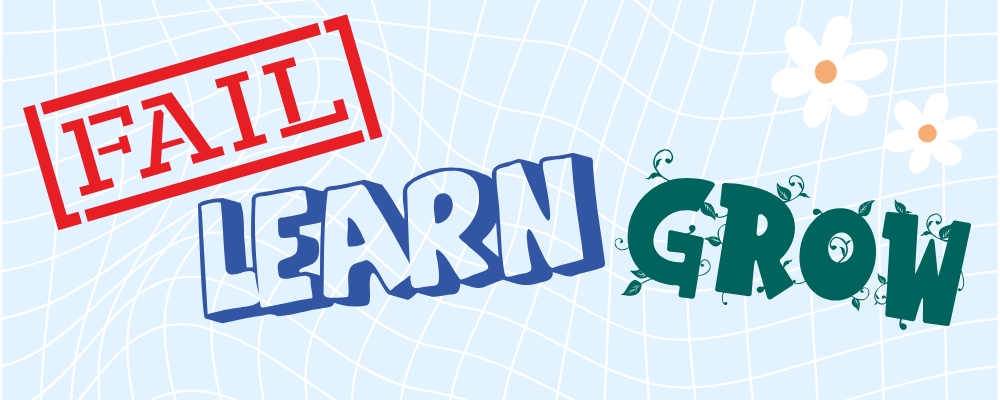Embracing Human-Centered Design to Transform Your Organization’s Policies & Practices
RAFT Team, April 22, 2024
Understanding Human-Centered Design
Human-centered design (HDC) is exactly what it sounds like: designing life for the people who live it. Whether in your organization or in a shopping experience at the grocery store, this approach emphasizes that humans are at the center of everything, so they must be at the forefront of your design decisions. This could be policy design, office layout, scheduling procedures, or how you answer the telephone. It involves how you spend your money, what events you attend, how you show up as an organization, and the mission and goals you craft.
Don Norman, one of the original architects of human-centered design, breaks down the concept into 4 basic principles:
- Focus on the people. To truly be human-centered, start with the people. While this sounds obvious, it's easy to jump straight into the problem rather than recognizing that at the core of every situation are the people involved in that situation.
- Solve the right problems. Take time to get to the root of the problem instead of simply addressing the symptoms of the problem.
- Recognize that everything is a system. Life and work are complex systems where everything is interconnected. Changing one thing in one area may have a cascading effect in an area you weren’t expecting.
- Make small and simple interventions. Don’t jump in the middle of a problem and start making drastic changes. Often, all that you need are small, incremental adjustments.
In this article, we’ll explore how your organization can build policies and practices that put people at the center so you can create an environment that allows each individual to thrive.
Applying Human-Centered Design to Policy Development
A policy is a rule or guideline you put in place at work that defines expected conduct or best practices to keep things fair and your employees safe. It’s easy (and natural!) to put the well-being of your organization at the forefront of your policies. For examples, putting grant writing or numbers of people served at the center of your policy might get you where you want to go, but it’s often at the expense of your people. When outcomes are more important than the humans who do the work, your staff will experience burnout, need more sick days, and your culture can quickly become toxic.
Human-centered policy design requires you to focus on the well-being of your people and to make their best interest your priority. When you put your people at the center of your policy making, you’ll have better outcomes across the board. Better attendance, higher productivity, stronger culture, and growing innovation.
Human-centered policy development looks at the diverse collection of individuals and seeks to meet all their needs. What makes them happy? What motivates them? Is this potential policy fair to all demographics? Are you considering their physical, emotional, and intellectual needs? Take the time to immerse yourself in your employee’s environment so you understand their unique needs. Bring your employees into this discussion and be willing to ask how you can develop policies that are flexible enough to embrace their diversity?
- Consider your policies for:
- Onboarding a new hire
- Attendance, vacation, and time-off
- Remote work
- Work schedule and rest periods
- Compensation and benefits
- Tools and technology decisions
- Active violence situations staff is experiencing
- Employee complaints
- Support for survivors who are also advocates
- Conflict resolution
Integrating HDC into Organizational Practices
Policies create the framework for expected outcomes, but your practices are the step-by-step actions that outline how to get there. These tend to be more flexible and customizable to your people. What motivates one group of people will bore others. As you implement human-centered practices, your employee base will grow in their awareness of others’ needs and challenges, as well as their motivators. As this respect grows, so will employee engagement and their willingness to ask questions and share ideas. Trust grows, happiness spikes, and health improves for everyone.
Consider your practices for:
- Employee work spaces
- Career development
- Communication structure
- Employee recognition
- Leadership development
- Meeting structure
- Employee well-being
- Goal setting
- Community interactions
Transforming Organizational Culture with HDC
The process of creating an organization culture that focuses on your people and their needs is fairly simple. But its simplicity is deceiving, because it means you must be willing to fail. Here’s the winning cycle:
- Experiment. Discuss with your team what might work to solve the problem they’re having. What would better support them and what barriers stand in their way? Experiment with potential solutions.
- Test. Test the outcomes of your experiment. Let the team share their observations. What worked? What didn’t? Why?
- Modify. Make changes based on your observations. This iterative work will continue to spiral you upward towards a design solution that works best for all the people who work within it.
- Continually Improve. Humans change, so human-centered design requires flexibility and a willingness to continually improve and upgrade your systems.
If any part of this process seems overwhelming, pick a smaller group within the organization and run a pilot to test out new ideas.
When your organization adopts a human-centered design approach, your policies and practices will become better matched to the needs of your people and your organizational culture will improve incrementally. Your organization will be the place people want to stay for the long haul because they feel seen, heard, and taken care of while they do life-changing work.







